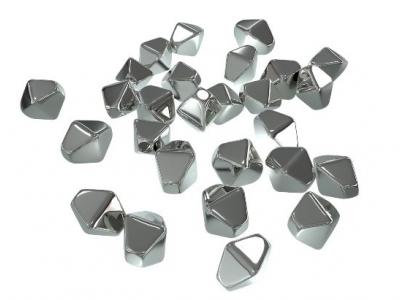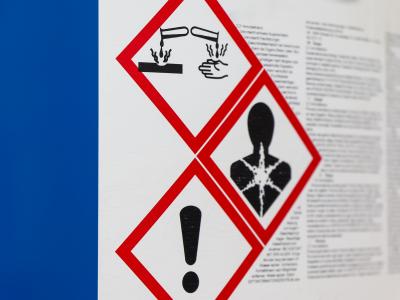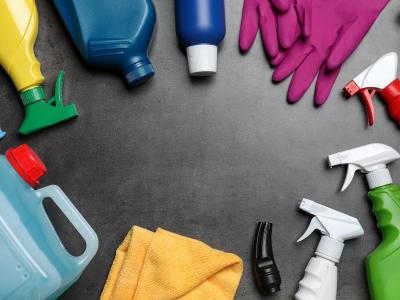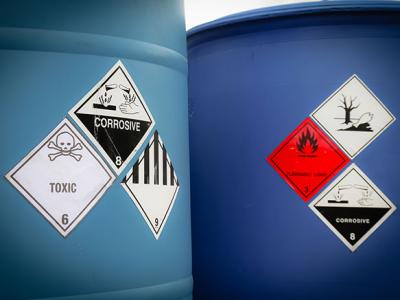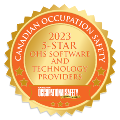Monday, March 25th, 2024
Discover more about the workplace safety considerations of using Titanium Dioxide (TiO2) from Chemscape Safety Technologies.
Thursday, December 14th, 2023
Learn how control banding simplifies exposure controls and how it can be applied to welding tasks for small- and medium-sized businesses.
Friday, October 6th, 2023
The ECCC has announced major updates with the passing of Bill S-5. Learn how this impacts the Canadian Environmental Protection Act & how Chemscape is adapting.
Wednesday, September 13th, 2023
Control banding has a 20-year history, starting with pharmaceuticals and chemicals and then into nanotechnology and ergonomics.
Tuesday, July 25th, 2023
Protecting workers is the goal of industrial hygiene, and different approaches are available.
Thursday, June 15th, 2023
How do chemical health hazards for humans relate to the environment?
Chemical health hazards for humans and the environment are similar. One of the main similarities is that both humans and the environment can be negatively affected by exposure to toxic chemicals.
Wednesday, May 10th, 2023
Chemscape’s Story and Its Founder Mike Phibbs
This September marks Chemscape’s 20th year in business. Founder and President Mike Phibbs created Chemscape’s first product sdsBinders (then msdsBinders) in 2003.
Wednesday, April 26th, 2023
The transfer of fluids is a critical step in the oil and gas supply chain. Fluids transferred can include process fluids, produced water, flowback fluids, condensate, and crude oil.
Thursday, February 9th, 2023
In January two Health Canada issued two amendments to legislation affecting workplace health and safety (January 2024, Canada Gazette, Part II)
The following legislation is affected by these amendments:
Thursday, January 26th, 2023
Many workplaces may have hazardous products like pesticides, paints, welding rods, or batteries that may not be classified under GHS.
Tuesday, November 29th, 2022
Keeping on top of your chemical inventory may seem easy – buy a chemical, record that chemical, track how much is used, and if someone asks about that chemical you have a record to answer their questions.
Thursday, November 24th, 2022
We are thrilled to announce that Chemscape has won the Canadian 5-Star OHS Award 2022! We have been selected as one of the top safety solutions among other industry leaders, and we are immensely proud of the important work we do and of our professional team, who work tirelessly to provide personalized service and support to our clients.

